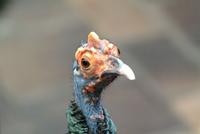|
Ocellated Turkey

| 해상도: 1064x712
파일크기: 61080 Bytes
촬영일: 2004:12:16 15:07:55
사진기: FinePixS2Pro (FUJIFILM)
F number: f/6.0
Exposure: 10/600 sec
Focal Length: 23100/100
등록시간: 2008:02:02 02:07:06
|
ERROR : (-30975)
ERROR : Server Busy(-1105)
Ocellated Turkey
Portraits
Magpie Shrike
Ocellated Turkey
My day? Don't ask...
|
^o^
동물그림창고 똑똑전화 누리집
^o^
|
|

